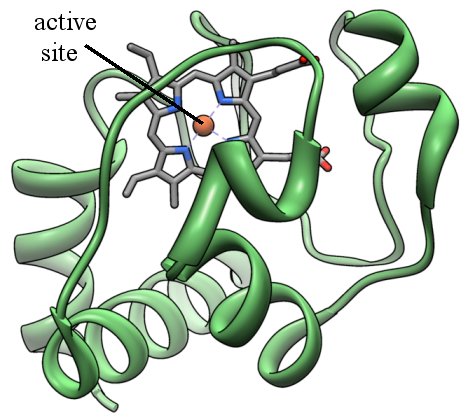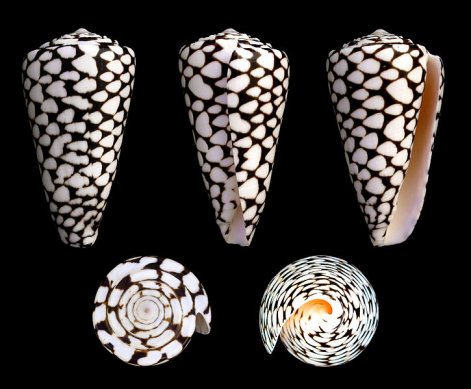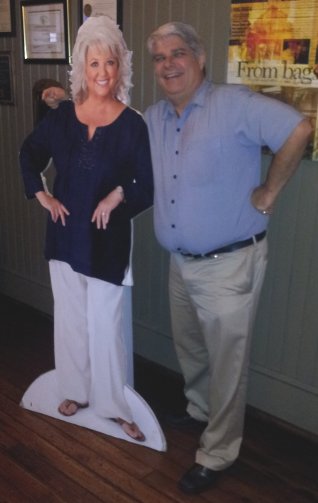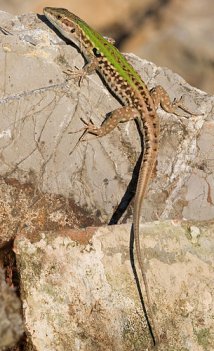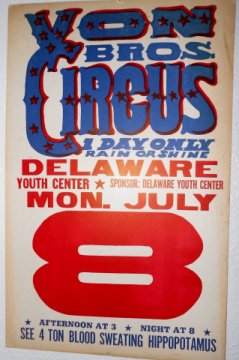
Because I am one of the few speakers at this conference, I have been giving a lot of talks. However, my favorite thing to do is answer questions. As a result, one of my scheduled times with the parents was simply a question/answer session. It went really well, and I hope I helped these parents with their unique situations. I was also scheduled for two sessions with the teens, and I made one of them a question/answer session as well.
When you offer a one-hour time slot for questions and answers, there is always a risk. What if the attendees have no questions? What if they have a couple of questions, but not nearly enough to last for an hour? I honestly didn’t think this would be an issue for the parents, since they face so many challenges homeschooling where they are. However, I did worry about the teens. While I was sure they had lots of questions, I was afraid they wouldn’t be “brave” enough to ask them in a group setting. To reduce the risk, then, I offered free candy for every question. Not surprisingly, the teens ended up having plenty of questions.
One of the reasons I love answering questions is that I often learn something new in the process, and this conference was no exception. The second question I got from the teens was:
What is the color of hippo sweat?

